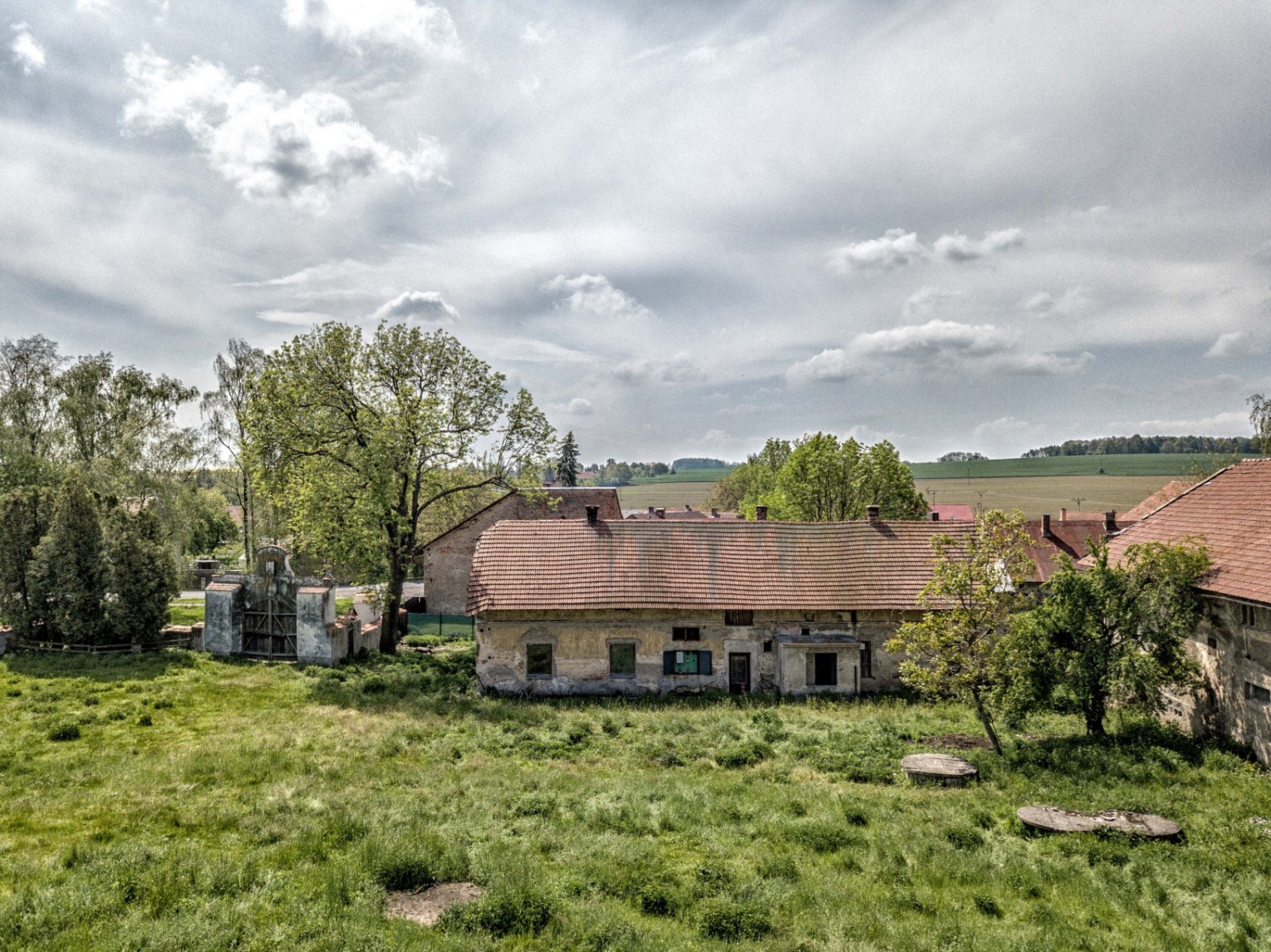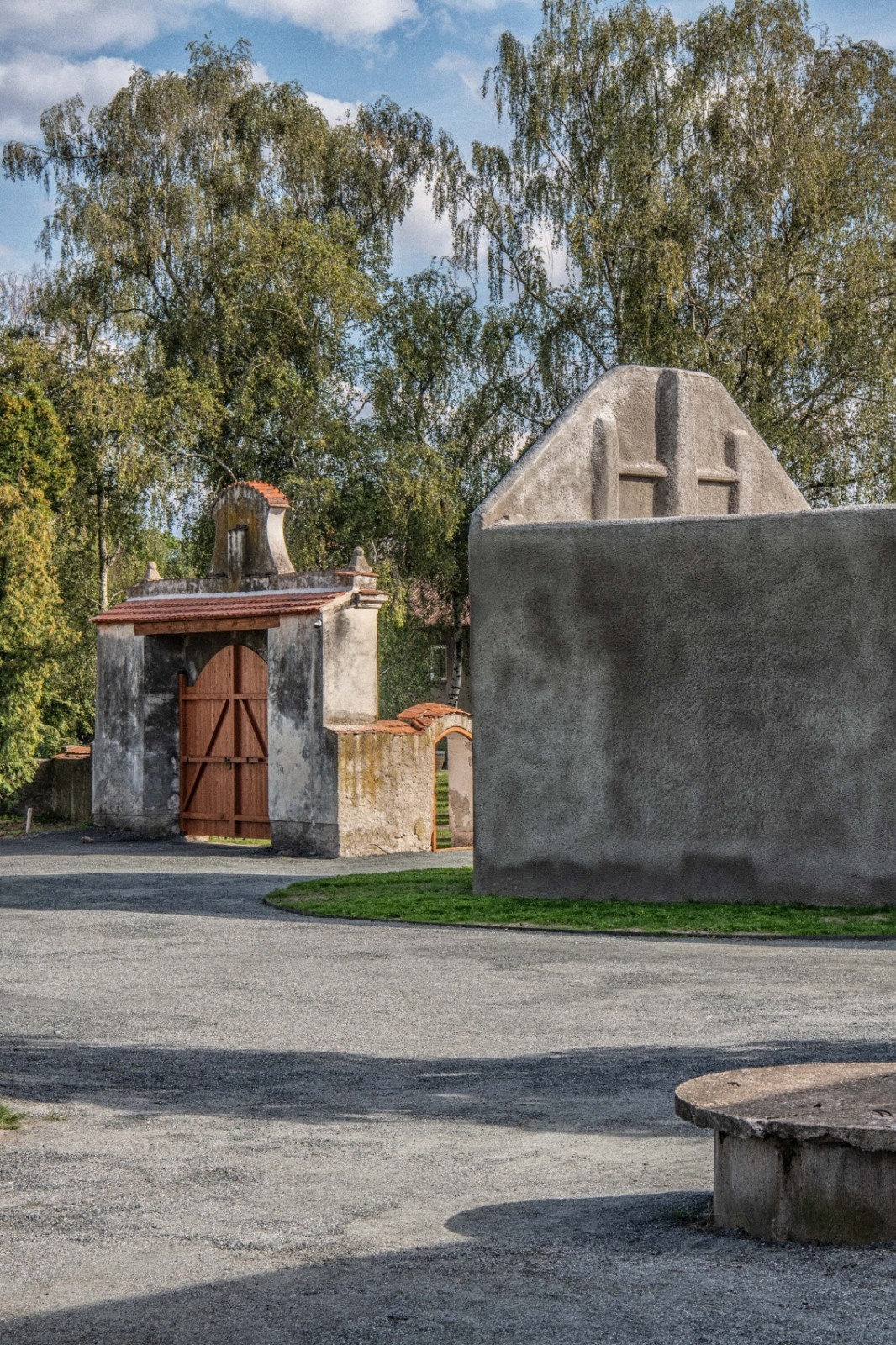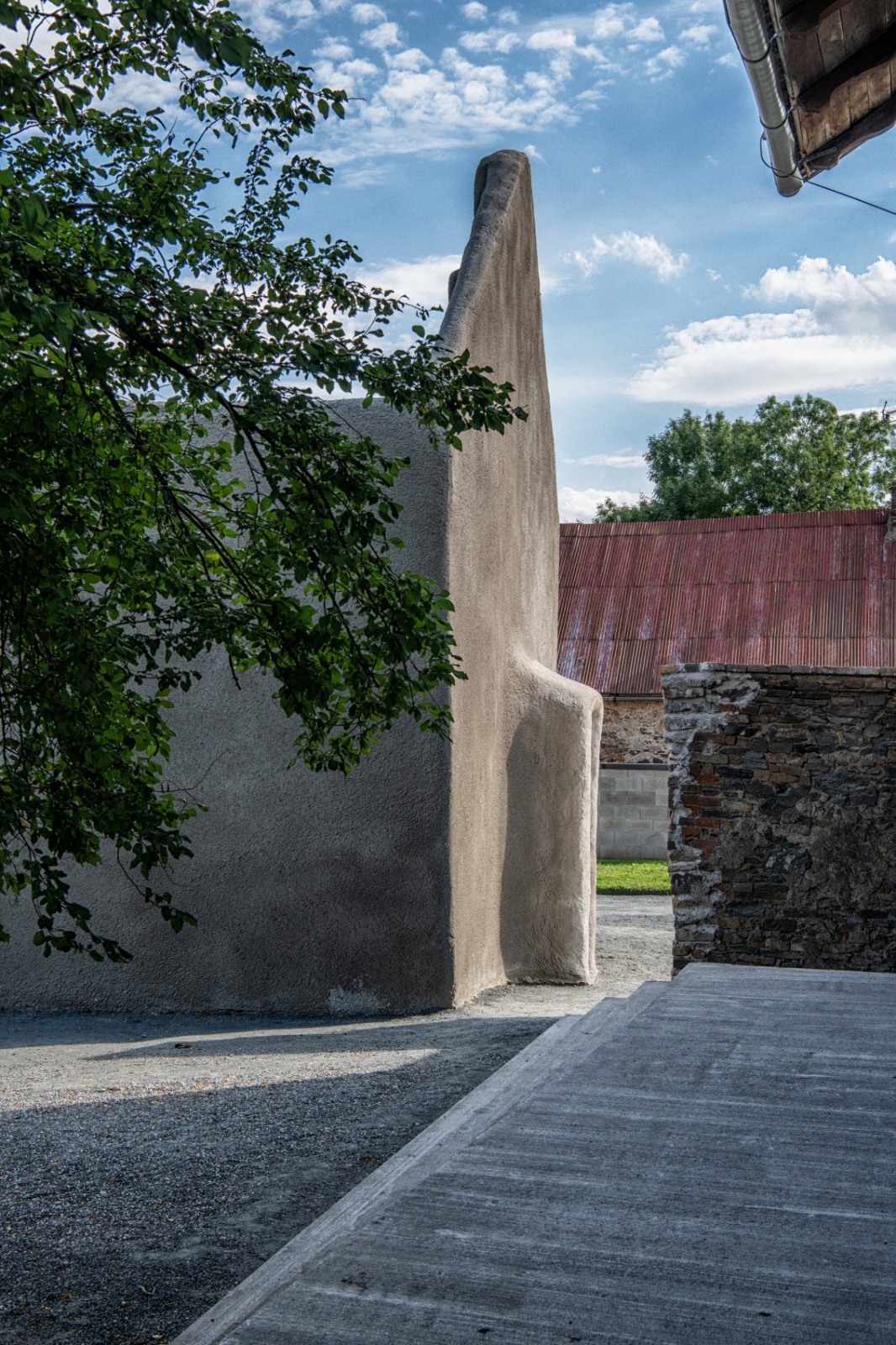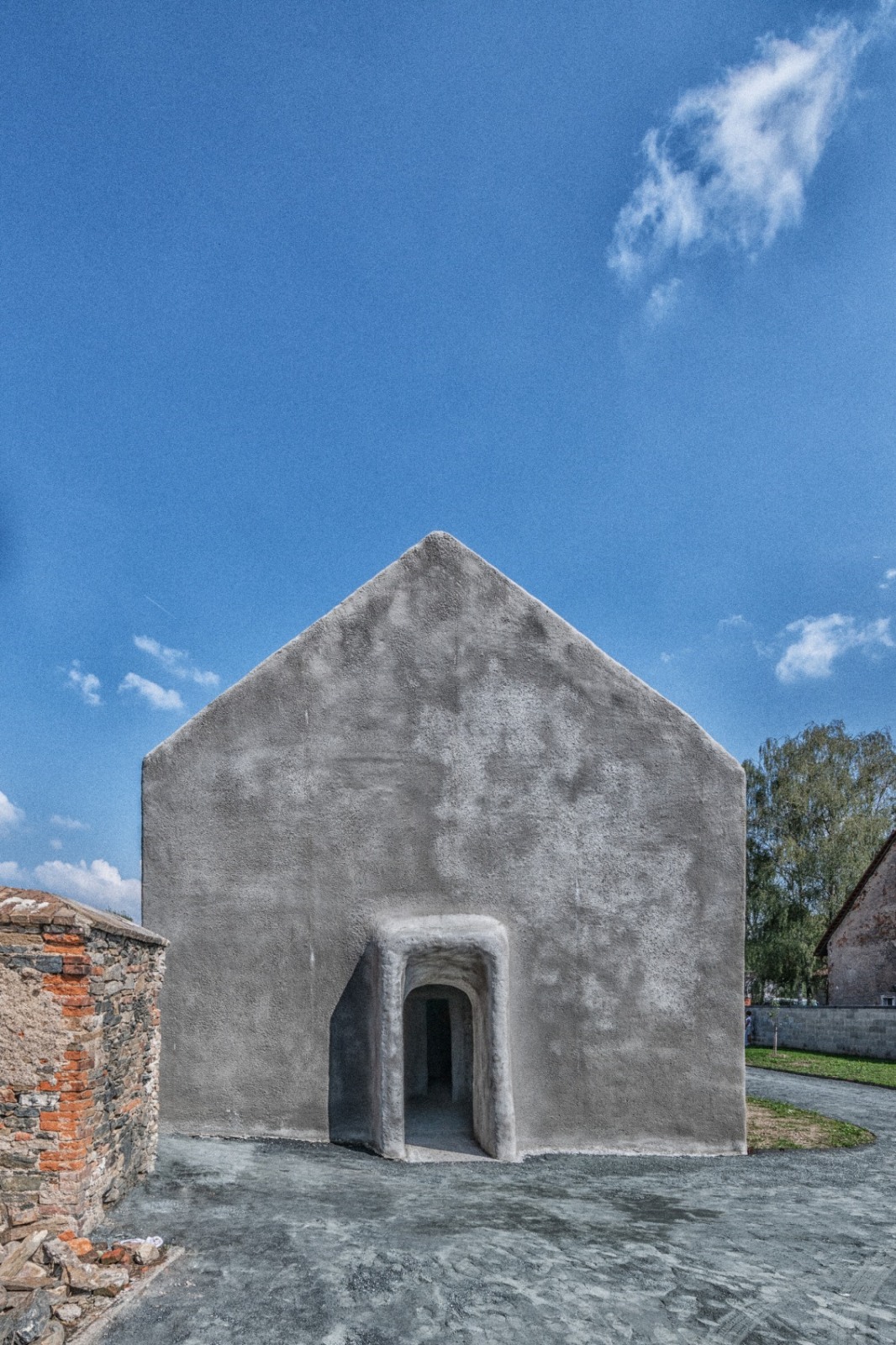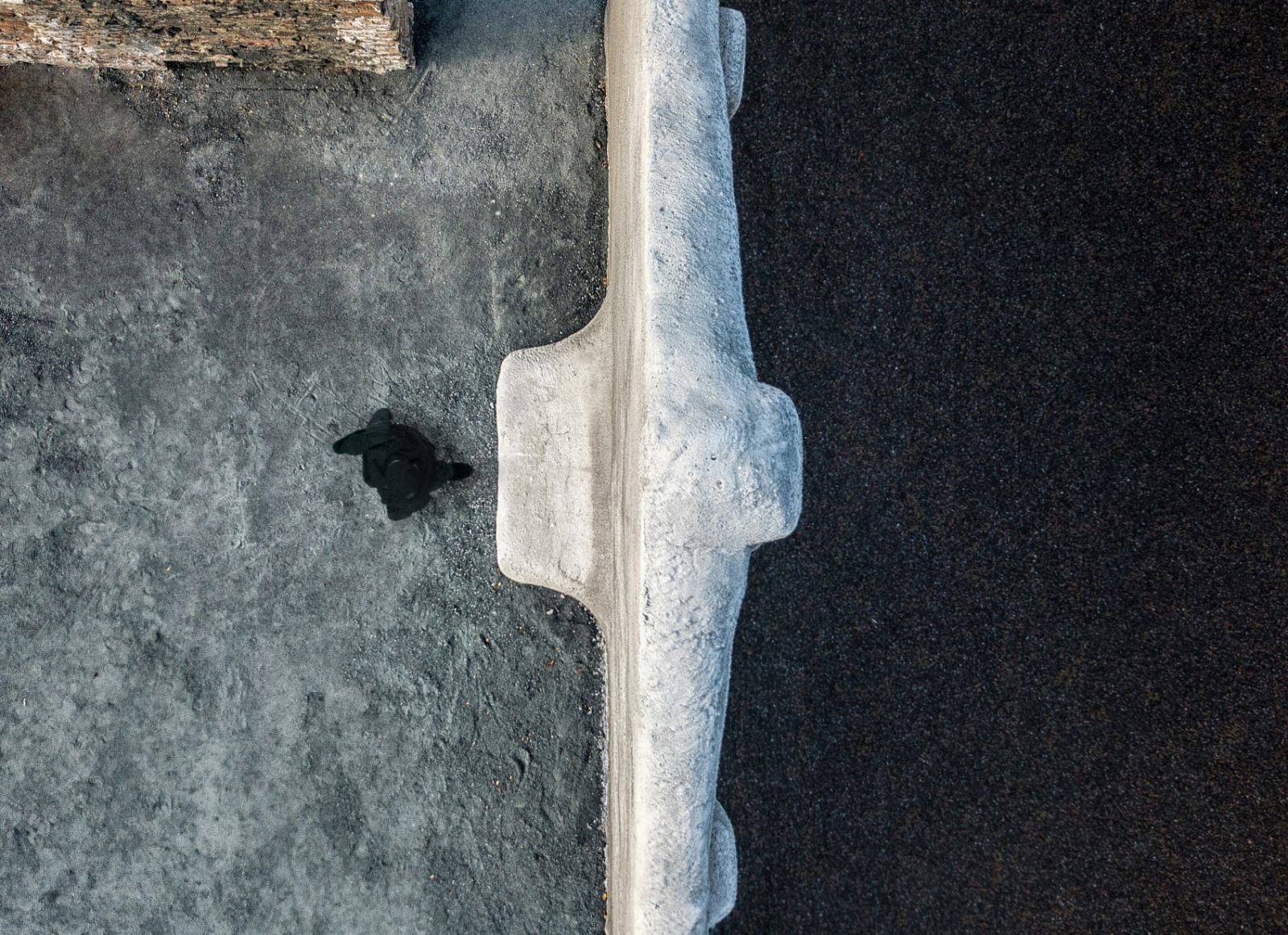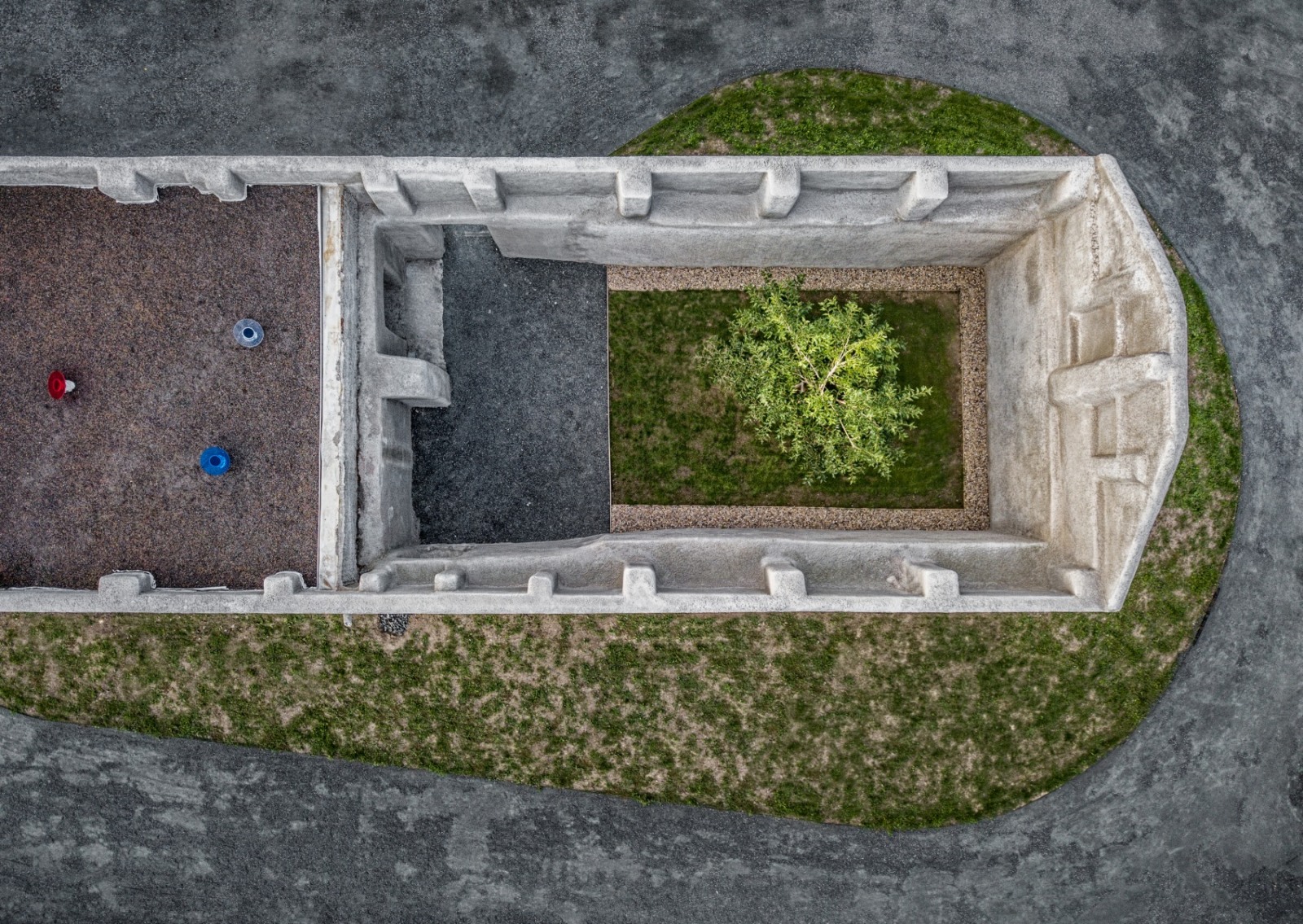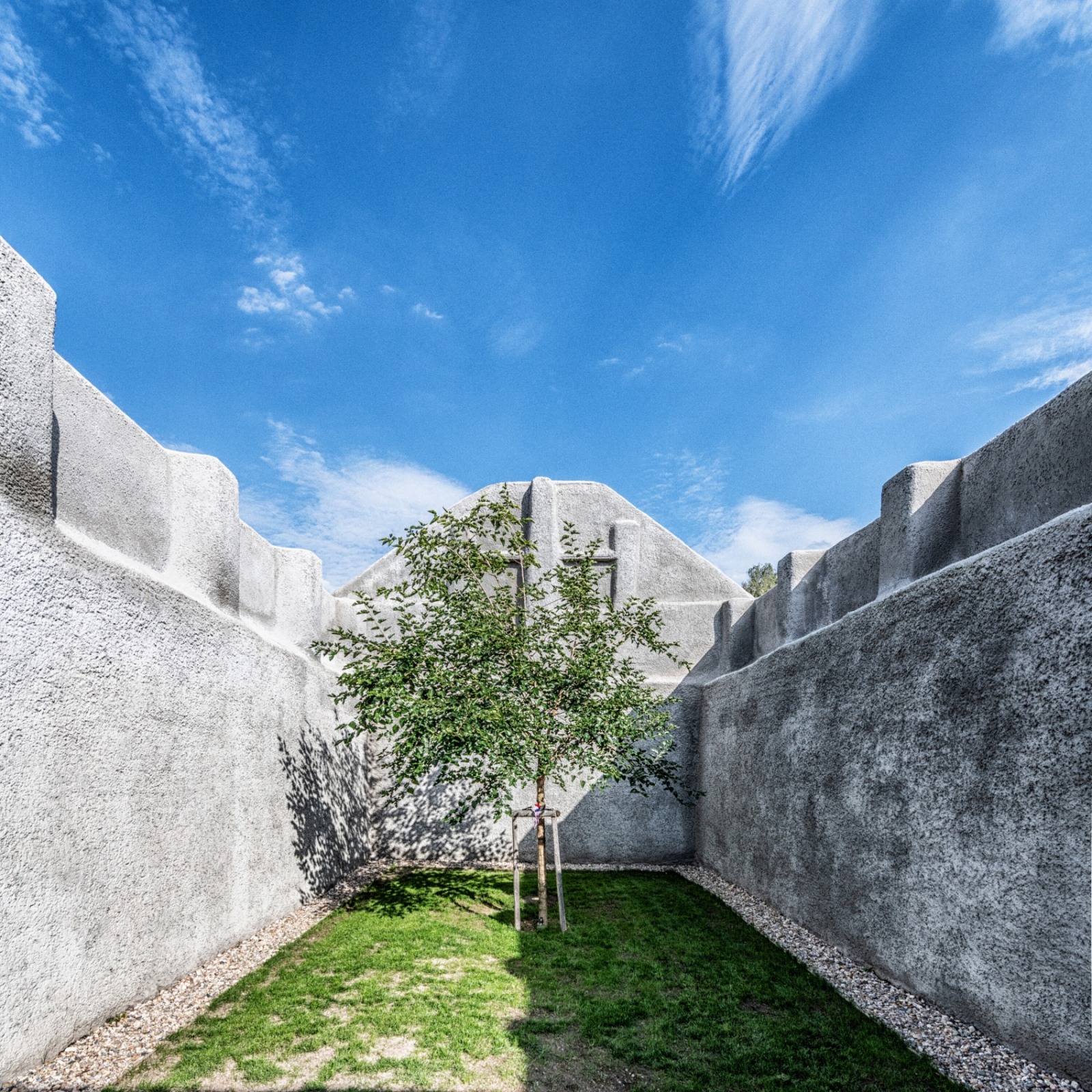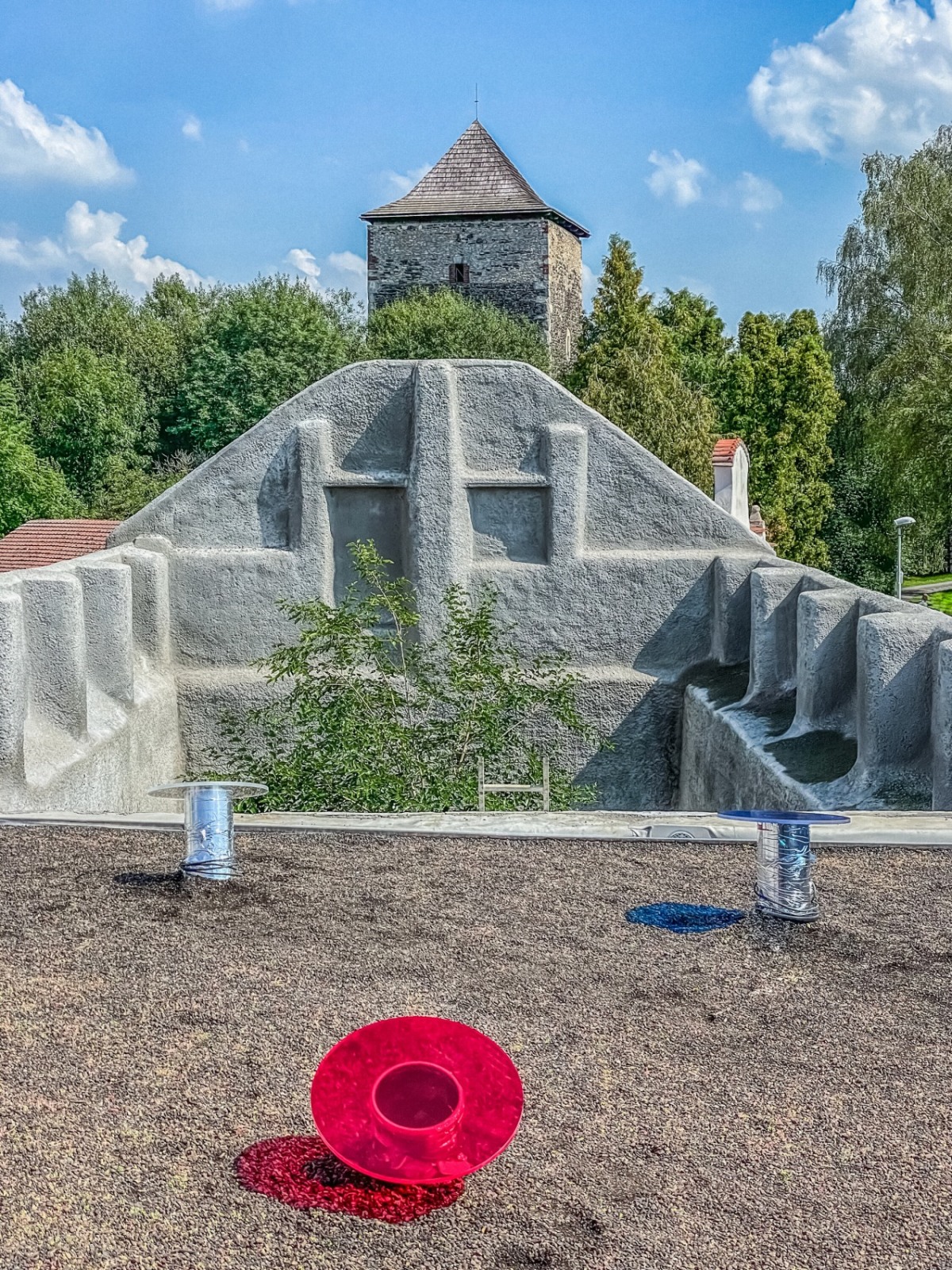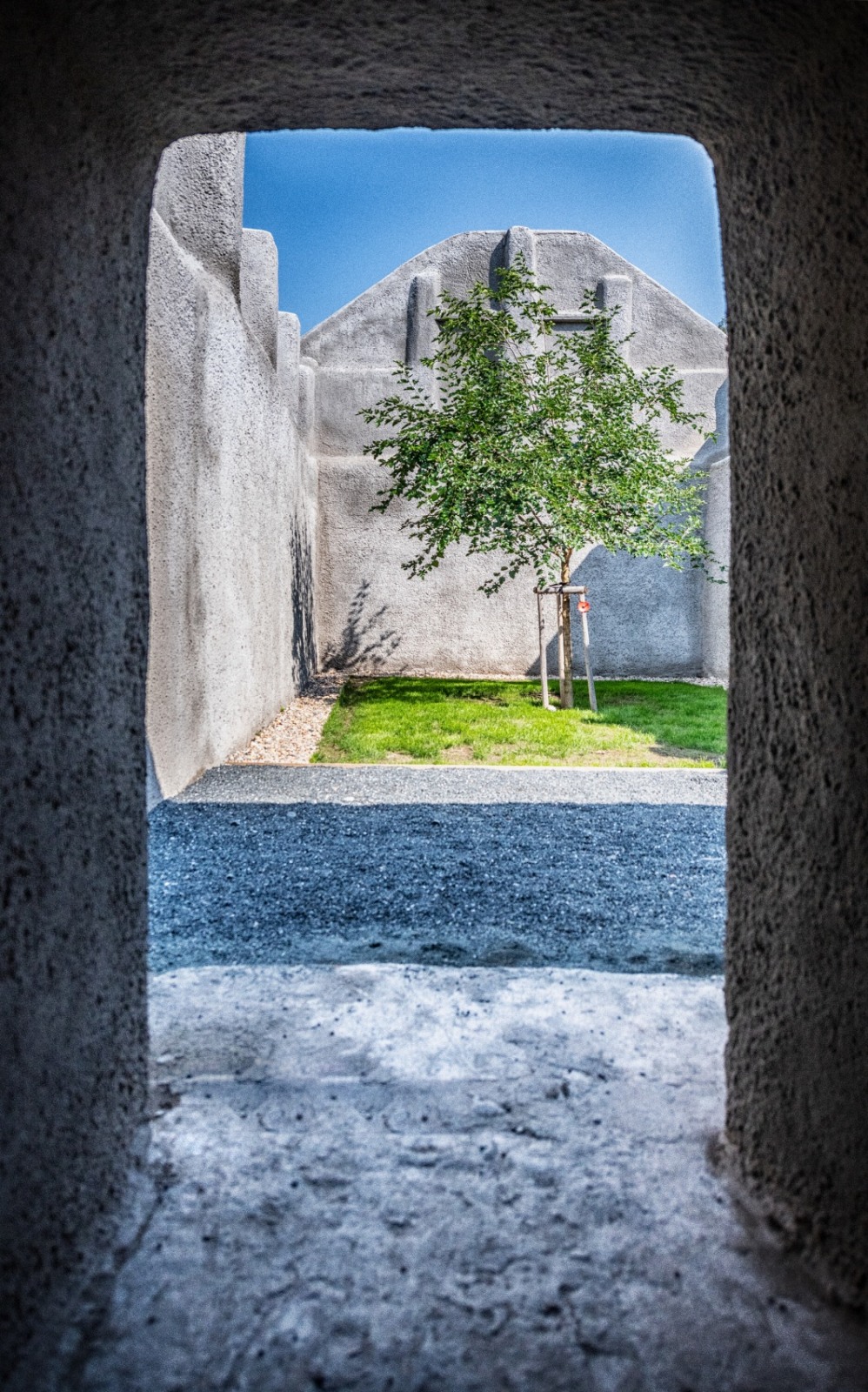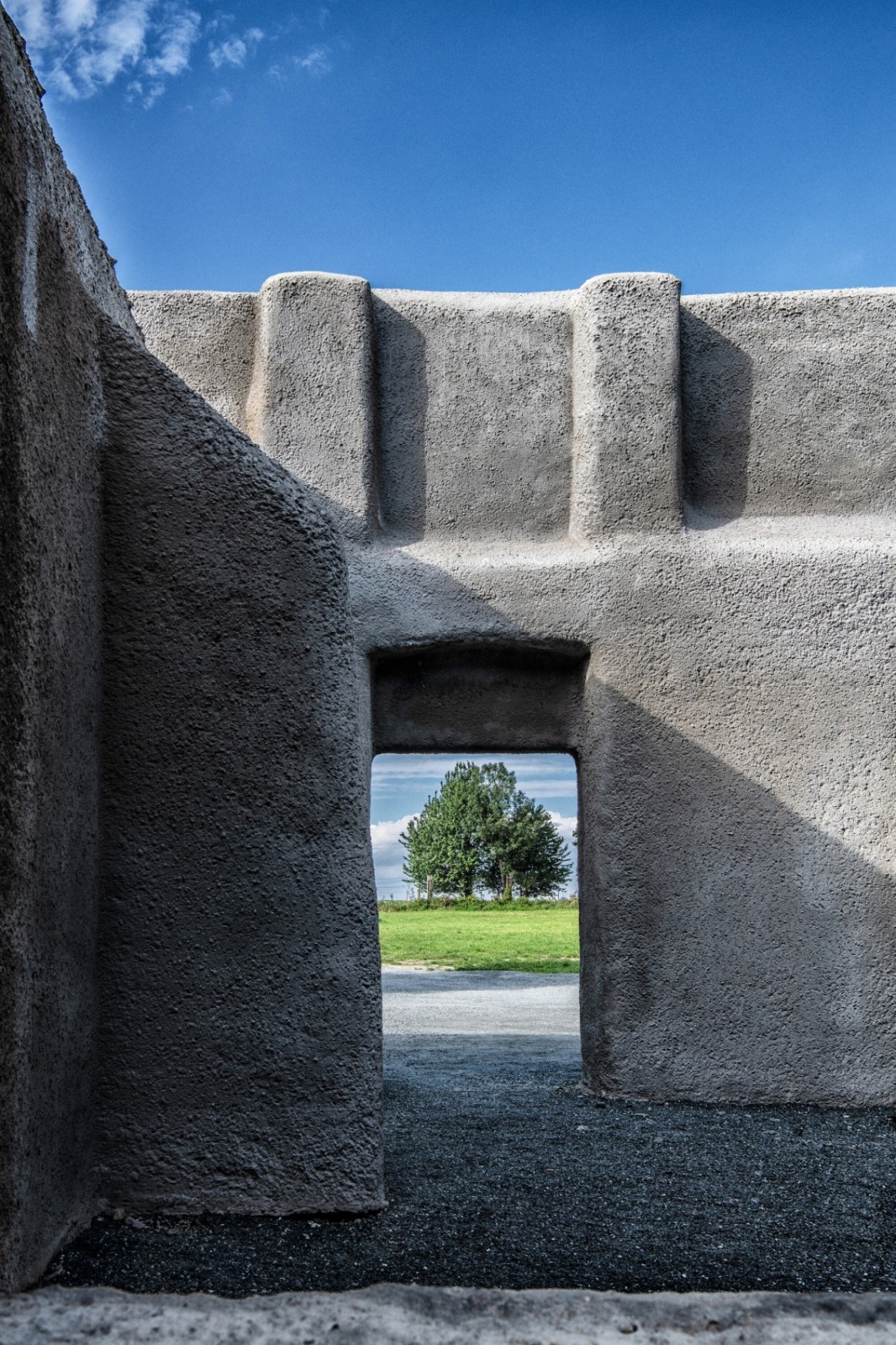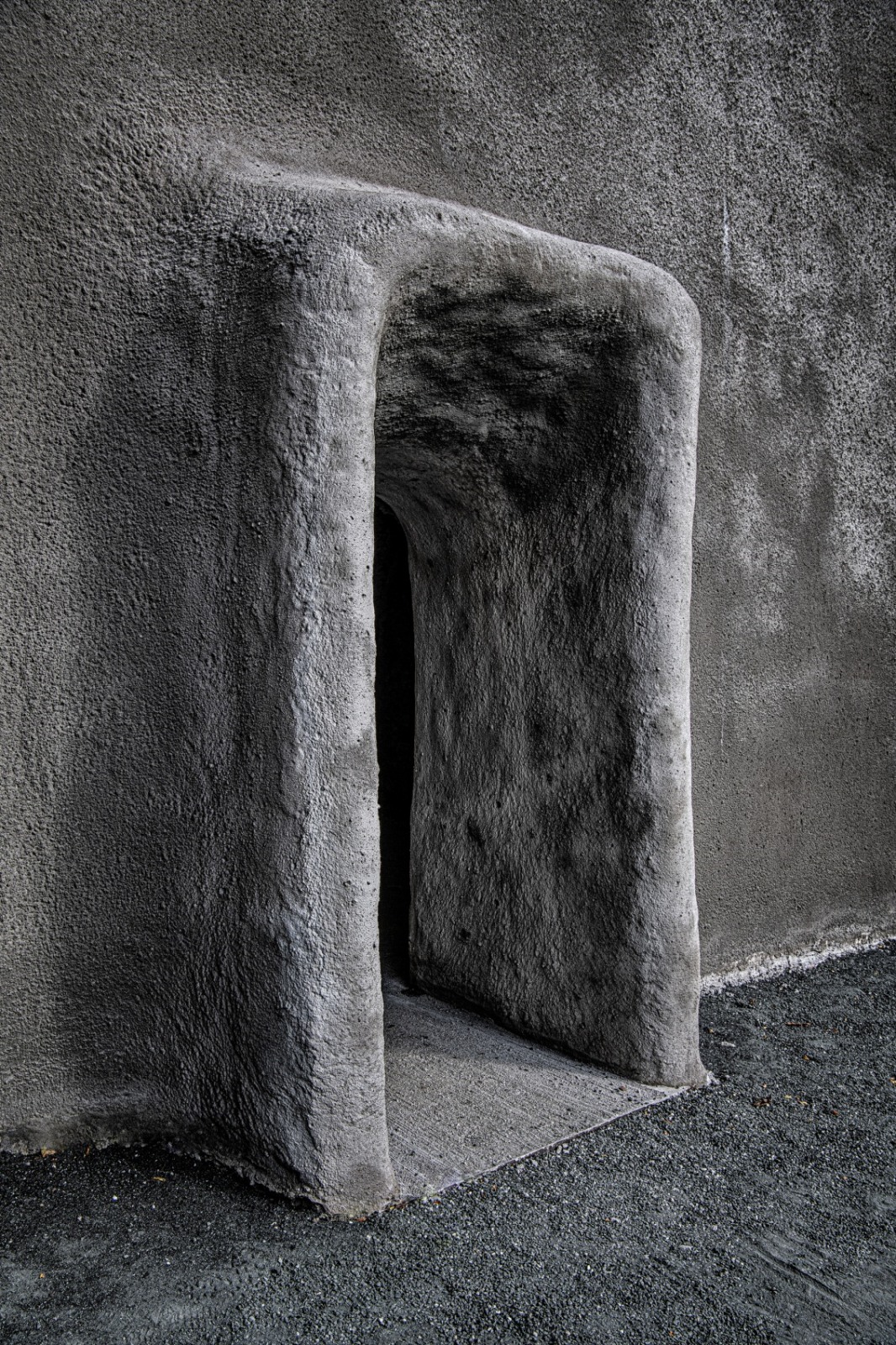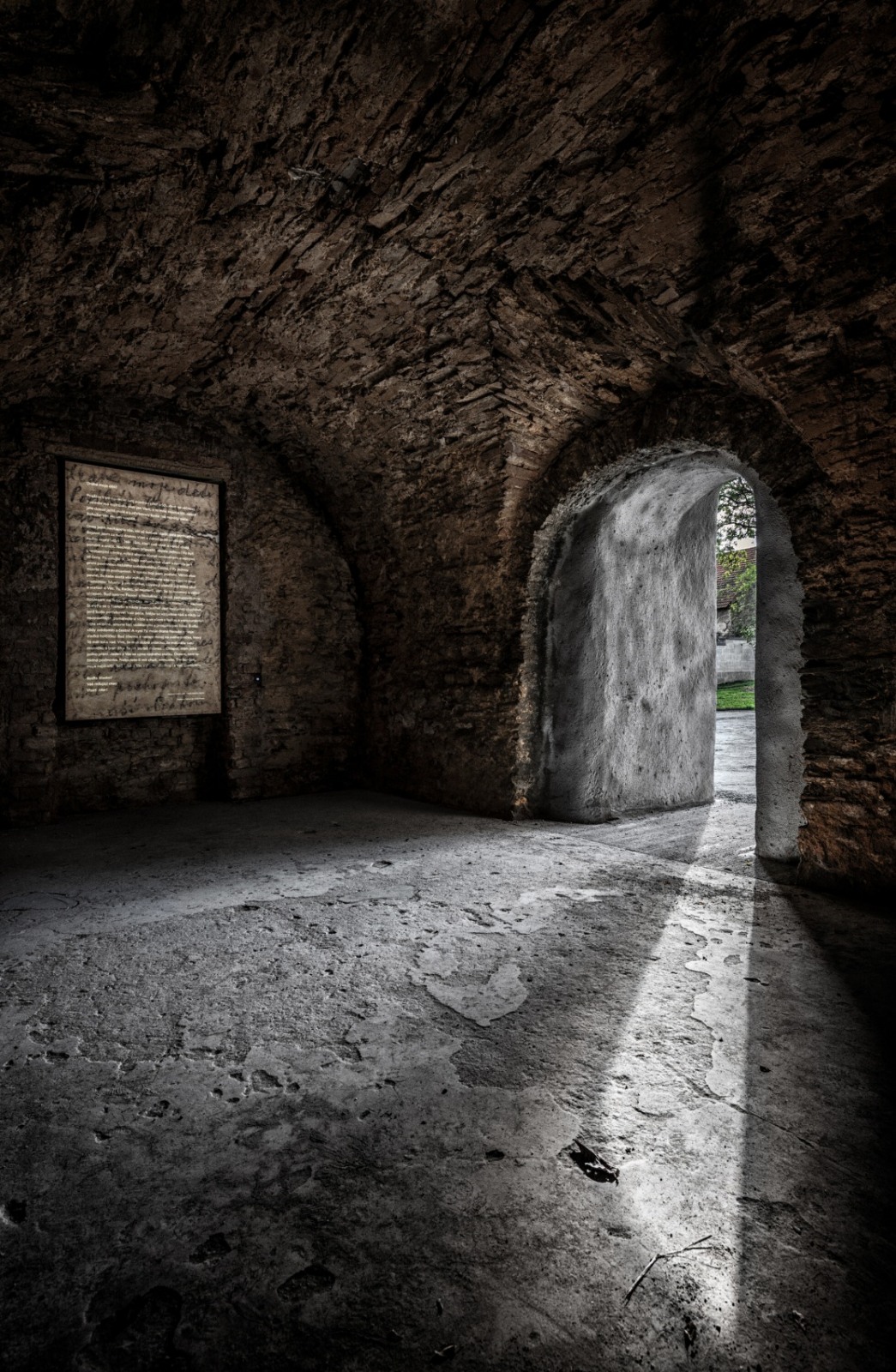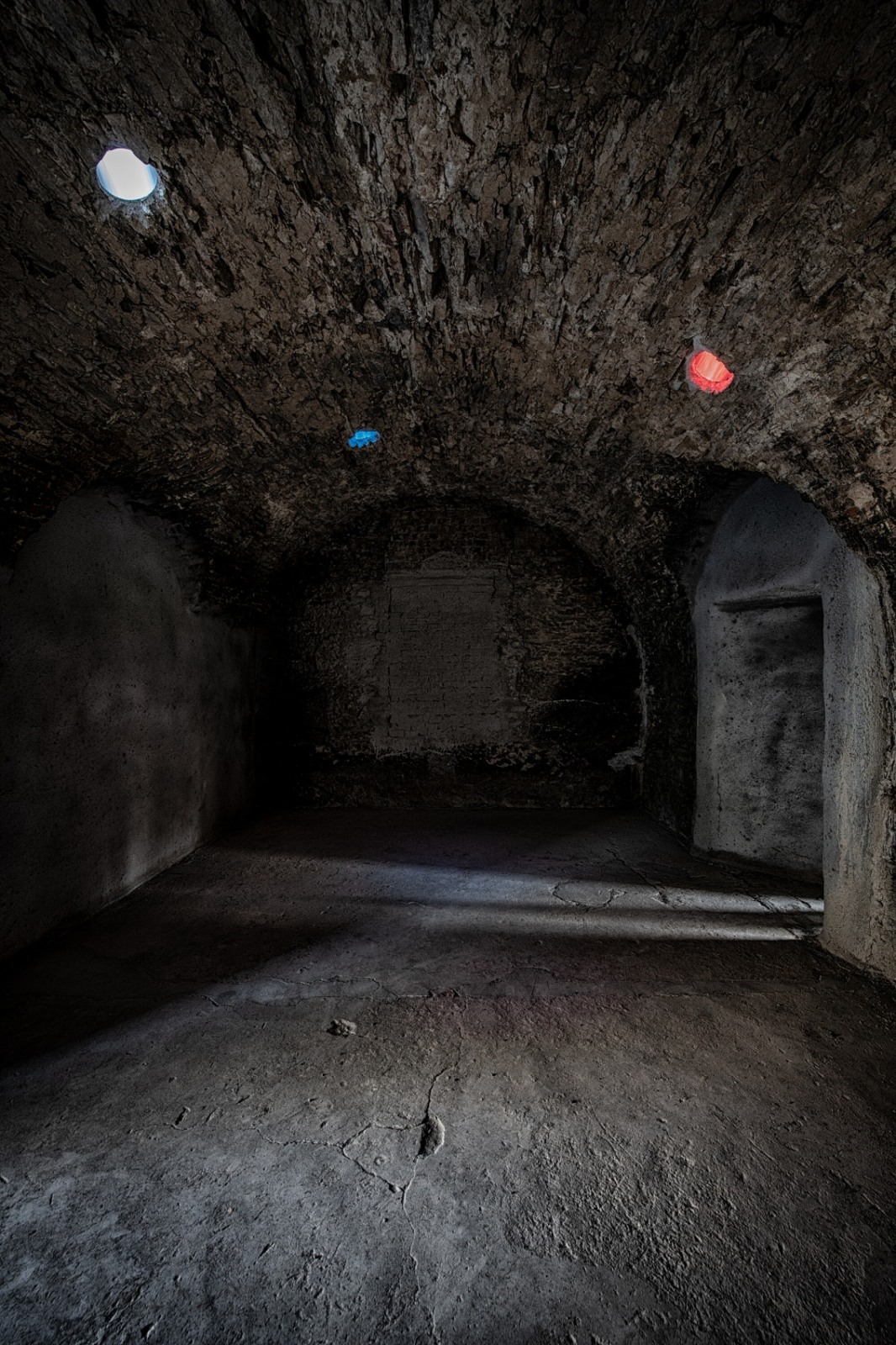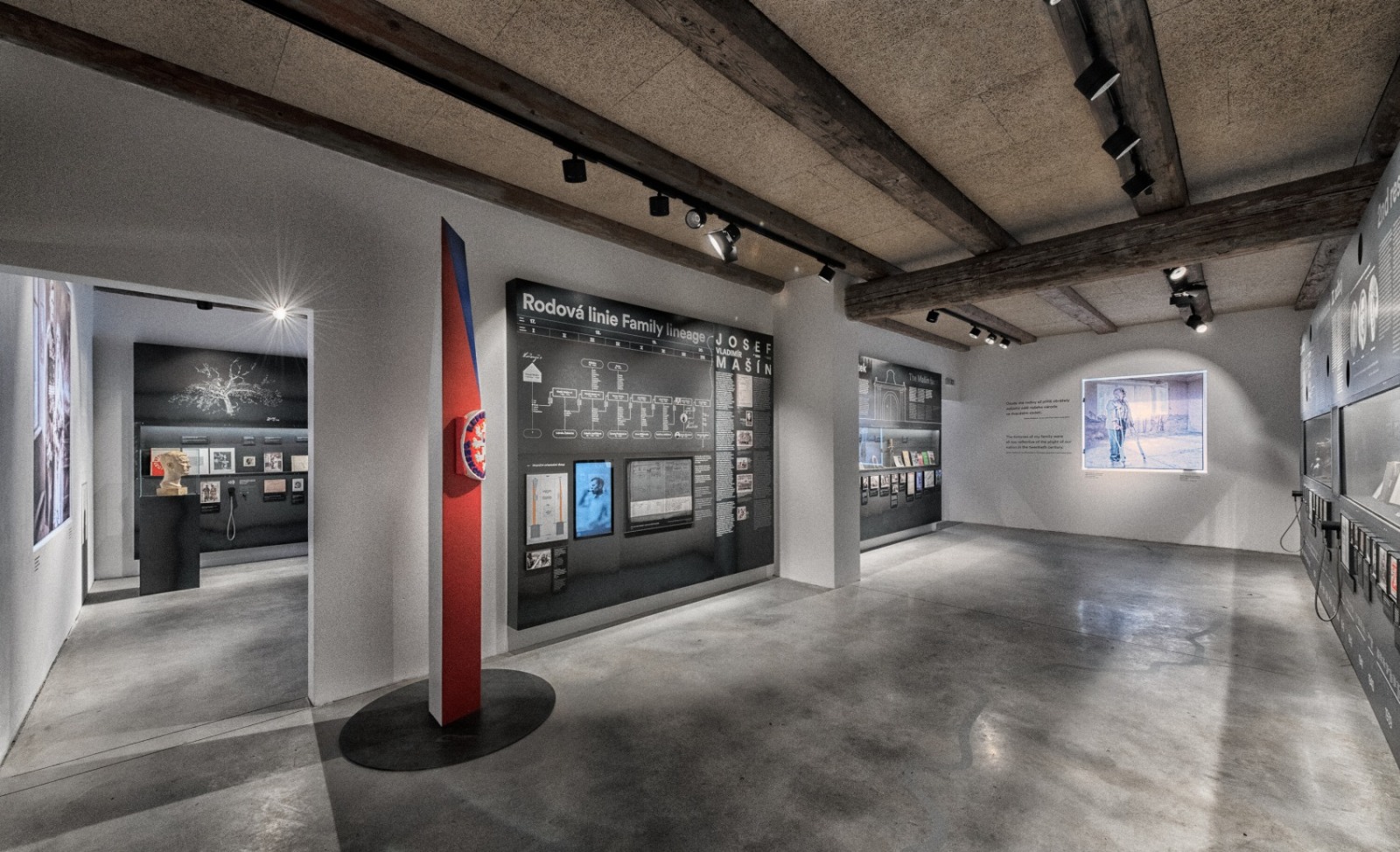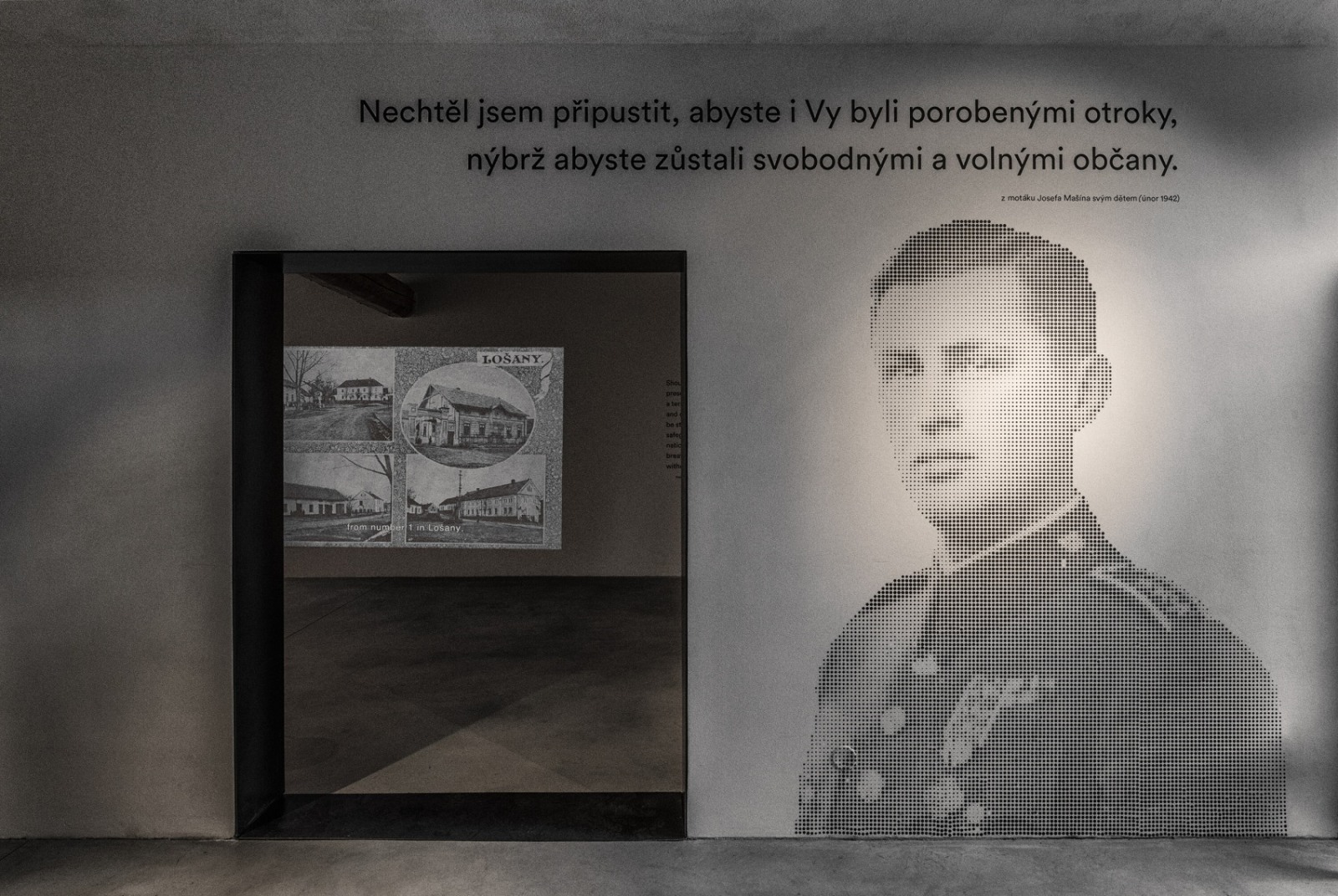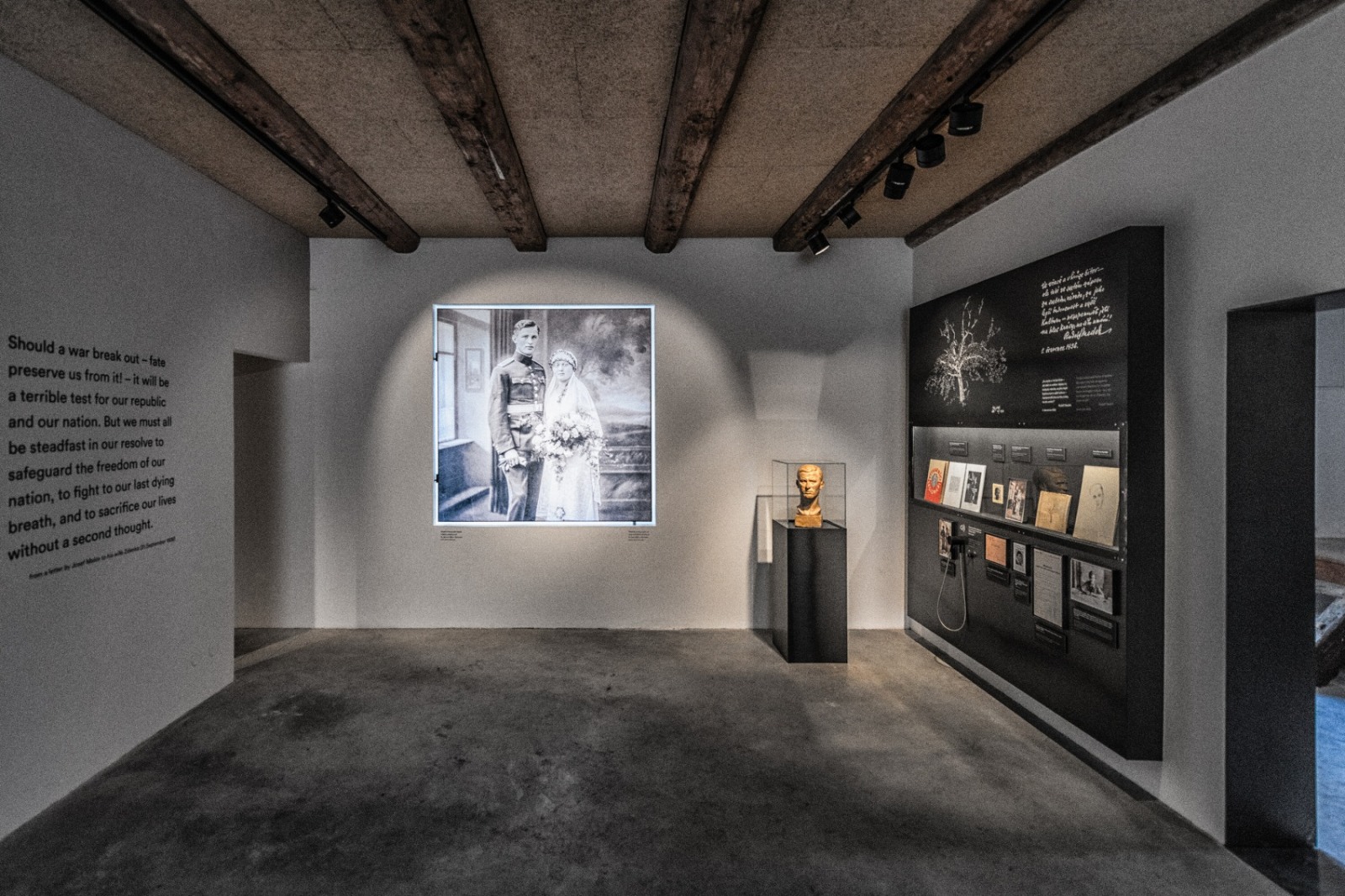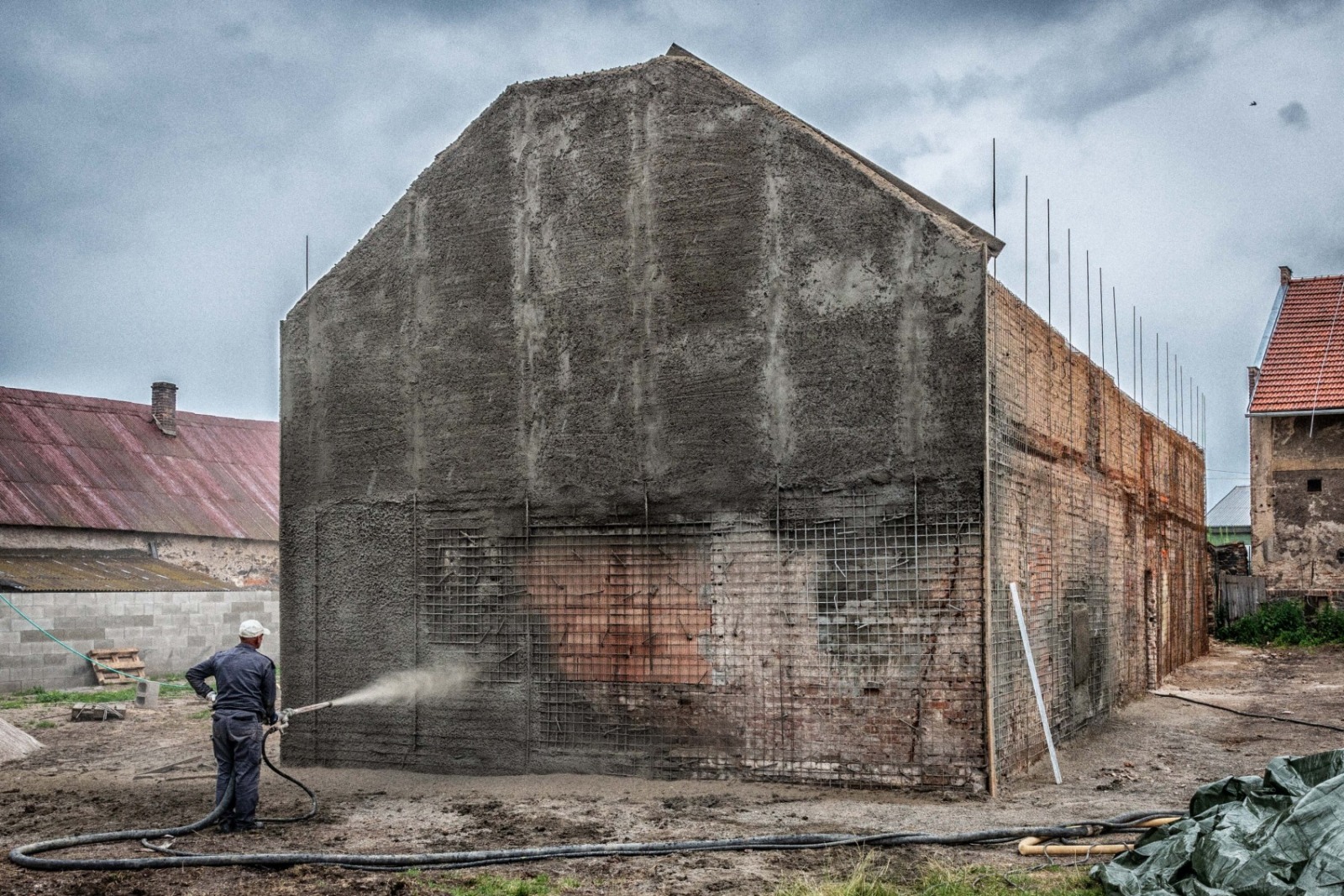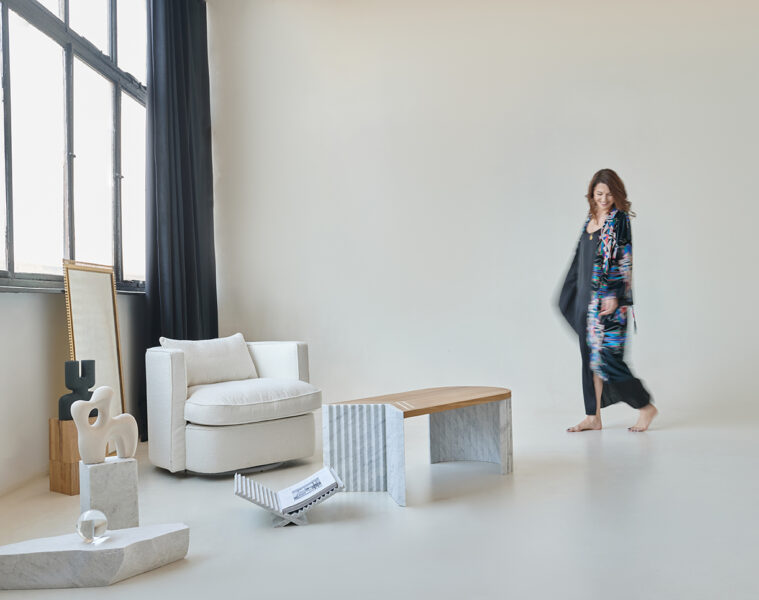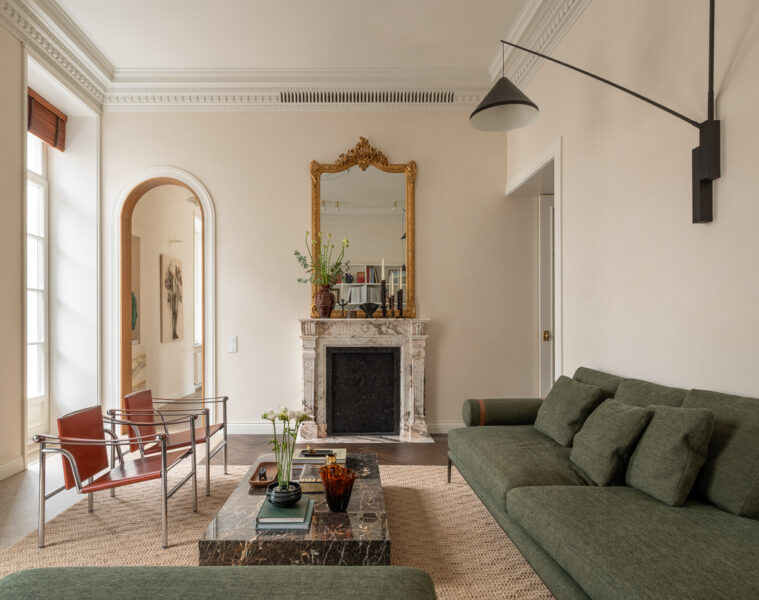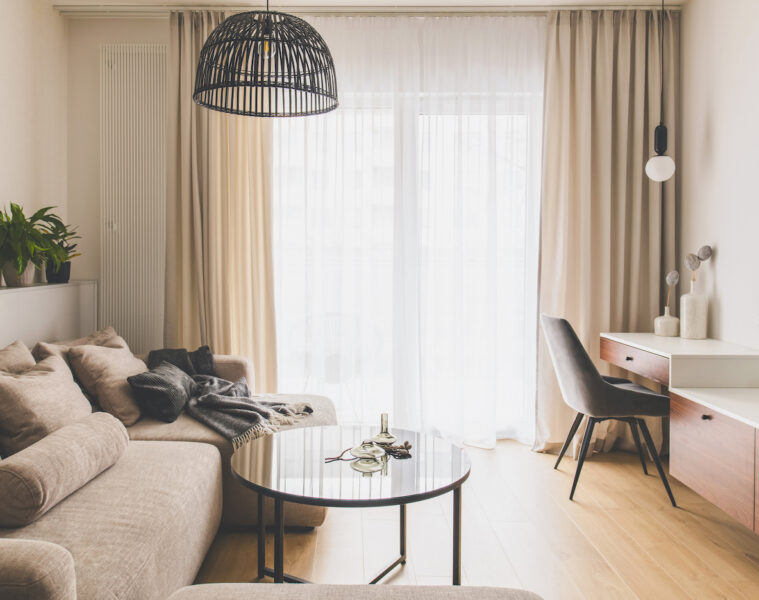The monument to the Three Resistance Movements in the small village of Lošany in the Czech Republic is a reminder of the country’s contemporary history. The history was presented by depicting the fate of a family of peasants who lived in the area. The monument was erected in a former farmhouse, which was given an unusual form.
The project was prepared by architects gathered in the IXA studio. The Monument to the Three Resistance Movements is a finalist for the Czech Architecture Prize 2023.
In 2017, after almost thirty years since the fall of the communist regime, Mrs. Zdeňka Mašínová acquired the family farm of her father Josef Mašín in Lošany. In the same year, an association was founded with the aim of creating a publicly accessible memorial and preserving the legacy of Major General Josef Mašín and his family, who made personal sacrifices in the fight for homeland, freedom and democracy in the 20th century.
The Monument to the Three Resistance Movements reflects the unusual situation in which the modern history of Czechoslovakia and the Czech Republic can be read through the fate of one peasant family. The monument was created as a memorial to recall the conditions of the uprising.
The original family home of Josef Mašín has lost its character as a result of many reconstructions. Consequently, the trace of authenticity is carried mainly by the walls and the vaulted rooms on the ground floor, which are preserved and hidden under a shell of sprayed concrete. The latter has a protective and stabilising function. Other soft parts of the building such as non-original windows and doors, roof trusses and ceiling beams have been removed.
Referring to the artist Rachel Whiteread, this can be said to be a mummification of the basic structure, the interiors of which can be entered and passed through, the architects explain.
In the entrance room, the text of a letter written by Josefa Mašín has been placed in two opposite niches. The officer is saying goodbye to his wife and children. These words capture moments full of love, pain and determination, with an awareness of impending death. The letter depicts a man who survived two battles of resistance and whose legacy spawned another. In the second room, the vault is characterised by three strong points of light symbolising the three movements of resistance. The last space without a roof is a place to breathe. The place where the mulberry tree grows appears as a symbol of the Mašín family, a symbol of freedom and hope gradually rising above the horizon of the monument.
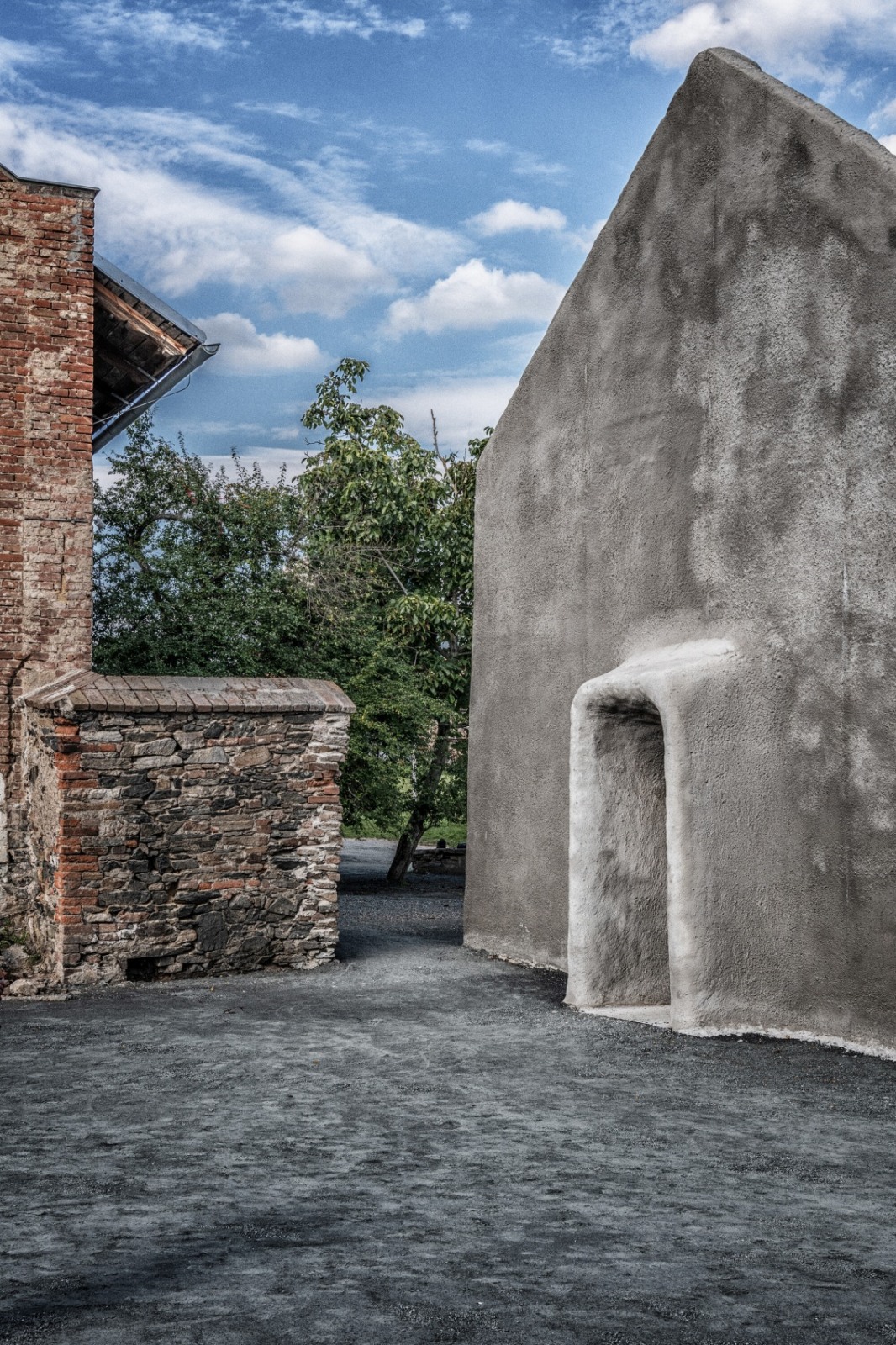
The extensive courtyard of the original farm remains empty, ready to welcome large groups of visitors. It can also serve as a backdrop for ceremonial and social events presenting the history of the resistance movement’s activities.
The farm building, last converted into a stable in 1904 and later used as a tractor station for the local kolkhoz, is used in part of the former cart shed as an exhibition venue dedicated to the history of the farm, the history of the Mašín family and the three Czechoslovak resistance groups. Under the original beamed ceiling, a contrasting exhibition foundation was installed on the cleaned walls. The authentic granary space on the first floor is only accessible on special occasions and, like the stable and hayloft in another part of the building, will be part of the final stage of reconstruction.
design: IXA – Tomáš Hradečný, Klára Hradečná, Julie Kopecká, Benedikt Markel, Bronislava Volentičová, Silvia Snopková, Vladěna Bockschneiderová, Jakub Kochman, www.ixa.cz
photos: Benedikt Markel
Read also: Museum | History | Interesting facts | Czech Republic | Featured | whiteMAD on Instagram


